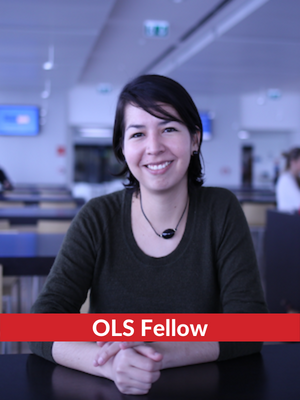Open Science is key for innovation, efficiency, accessibility and transparency. In the last years, many great open science initiatives have been launched in all areas including open access to publications, research data, open-source software, open collaboration, open hardware, open peer review, educational resources, citizen science and even research crowdfunding. Making open science a norm will need to support these button-up initiatives while at the same time making sure to bridge them with other important open science stakeholders such as public policy and decision-makers. This transition to open science can be greatly facilitated by leveraging diplomatic capabilities to bridge national and international interests, which is the realm of a field known as science diplomacy.
How can science diplomacy support and strengthen the open science movement? How can open science be exploited for decision-making support, knowledge resources and science diplomacy governance frameworks?
In the last months, in collaboration with the Science Diplomacy Network for Latin America and the Caribbean (DiploCientífica), we have performed a study to shed some light on these questions. This research employed a quantitative survey of 50 organisations promoting open science in Latin America and two qualitative focus groups. Latin America has been a leader in pioneering open access strategies and has shown a significant interest in science diplomacy. The study aims to assess how these organisations use science diplomacy to achieve their goals. By shedding light on the current landscape and dynamics of open science in Latin America, we hope to enhance science diplomacy, facilitate informed decision-making and the formulation of open science policies in the region.
The study considered three axes in order to map the activities of the organisations in relationship with science diplomacy: 1) “access”, i.e. do their activities secure access to resources through bilateral or multilateral collaborations? 2) “promotion”, i.e. do the organisations promote national or regional open science work in global discussions? And 3) “influence”, i.e. do they interact with society, policymakers, and decision-makers at national or regional levels? The study found that “access” through training activities was the primary contribution of open science actors within the science diplomacy framework. International “promotion” of national and regional open science best practices was the second highest ranked contribution. In that sense, the region’s long-standing tradition of open access to publications and the establishment of open-access repositories is commonly used as an example in the international context.
We invite you to read this study’s results, where the team also provided a set of recommendations for organisations promoting open science in Latin America and public policy and decision-makers regarding the need for infrastructure, recognition and funding.


